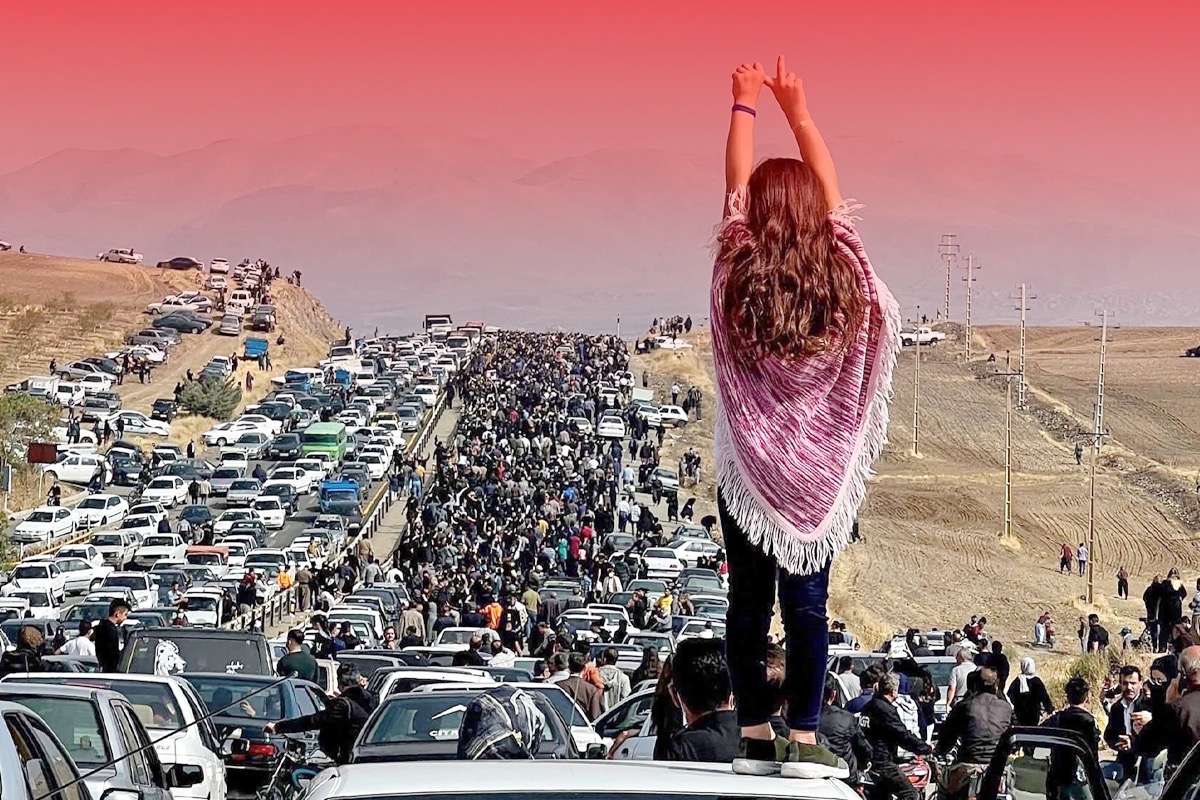


According to the narrative of Western media and establishment, colour revolutions are basically non-violent mass protests aimed at changing the existing quasi-democratic governments through electSions. They are counter-elite, they are mass-driven, and they chiefly protest against fraudulent elections too, among other things.
These narratives do not go beyond, to explain for instance, if non-violence is the marker, then why firearms and other weapons mysteriously appear among protestors as they turn more and more violent towards the peacekeepers, or why NGOs with external links seamlessly blend in and begin acting as conduits for funding for the ‘revolutionaries’ boosting them to carry on irrespective of the human or material cost, or why the Western media only hype those ‘colour revolutions’ that take place under the watch of a state that is not friendly with the United States regardless of whether it is democratic or otherwise.
Of course, colour revolutions were not always so colourful, especially during the initial days. For example, the 1999 one that resulted in the balkanization of Yugoslavia was called Bulldozer Revolution – in hindsight, a name that would not resonate with the average liberal, end-of-history-loving, post-Cold War news subscriber. So, the next one in 2003 in Georgia became Rose Revolution (toppled the elected government led by Eduard Shevardnadze), the one after that in Ukraine in 2004 turned Orange (this one manipulated the election process and ousted Viktor Yanukovich), and the one in 2005 in Kyrgyzstan took the shade of Tulip (a particularly violent one that led to the fall of an elected head): benevolent names, ones that were expected to find fair acceptance among readers and subscribers scattered around the Western world, completely insulated from the ugliness of the facts on ground where these ‘revolutions’ took place.
While involvement of foreign NGOs and other agenda groups or their constant support to subversive radical elements with arms, money, and widespread propaganda can be debated (for the lack of data chiefly; the affected countries usually do not have investigative research infrastructure, or these research results are not widely available for consumption around the Internet), what remains absolutely above debate is the result of these ‘revolutions’. Let us take the example of Bahrain and Saudi Arabia.
Riding the wave of the Arab Spring, there came a time in Bahrain in 2011 when people, fed up with a reform-less system began demonstrating around the Pearl Square of Manama. What could have been Bahrain’s Pearl Revolution, made way for a brutal crackdown, and remained confined to the pages of history as a mere sustained demonstration. And even though a lot of us still use the term ‘Pearl’ to denote the events of Bahrain, the one that took place towards the beginning of 2011 in Saudi Arabia (again as a cascading effect of the Arab Spring), literally has no name! The Internet addresses it just as ‘2011-12 Arab protests’. Remember, this event in Saudi went on for a year – in terms of longevity, a year-long protest is no pushover.
If you are left wondering about the difference between Ukraine-Georgia with Bahrain-KSA, you literally don’t have to look beyond their relationship with the West – chiefly the USA. That is all that matters in such ‘revolutionary’ situations. Simply speaking, the 21st-century mass-driven, counter-elite revolutions – as the Western media prefers to call them – are successful only in nation-states that have a leader (democratic or authoritarian), who doesn’t toe the Western line. And countries that have pliable, West-friendly leadership usually emerge through such events unscathed. Once we wrap our heads around that, the appearances of humanitarian NGOs, the sprouting of liberal societies amidst all that chaos, the sudden concern of the media and their appointed shills, and the steady supply of subversive armaments (non-lethal and lethal) to aid to the protests/resolution find logical grounds to stand on.
It is important to note here that the start of the Arab Spring was spontaneous. The one initiated in Tunisia (Jasmine Revolution) took a path that was just the influence of the Tunisian people. But Ben Ali – the ousted Tunisian leader, was a friend of the West. The Internet was fast becoming a vital tool in information dissemination, and the possible effects in the Arab world – especially in the countries that have US-friendly regimes like the KSA or Qatar – was ominous. Hope you get the drift.
India too has had its share of a few over the past few years (and they are far from over). Though they haven’t yet acquired colour and are merely known by colourless names like Shaheen Bagh Protest or Farmer Agitation, these events bear fair resemblance with the order of progression that has been the hallmark of the different colour revolutions around the world, especially in nation-states that were being led by a government that valued autonomy in the international arena. Protestors and their protests; making way for NGOs and extensive media coverage; leading to a stealthy influx of cash and weapons; protests turning violent as a result; that being followed up by serious international pressure on the government to yield.
That is precisely why the events unfolding in Iran after the terrible and unfortunate death of young girl Mahsa Amini needs to be observed really closely and dispassionately. New Delhi has taken the right call by choosing not to react in any manner. In the international arena, and more specifically in the Eurasian theatre, India appears on the same Western radar that tracks Iran. Whatever manner the West intervenes in the Iranian protests of today would be replicated in its hybrid warfare against India as long as New Delhi pursues its policy of nationalism and autonomy.